If you’ve ever watched a video of someone opening vintage Pokemon cards you probably see prices in the tens of thousands of dollars popping up all over the screen and it can make the value of more recent Pokemon cards look pretty measly.
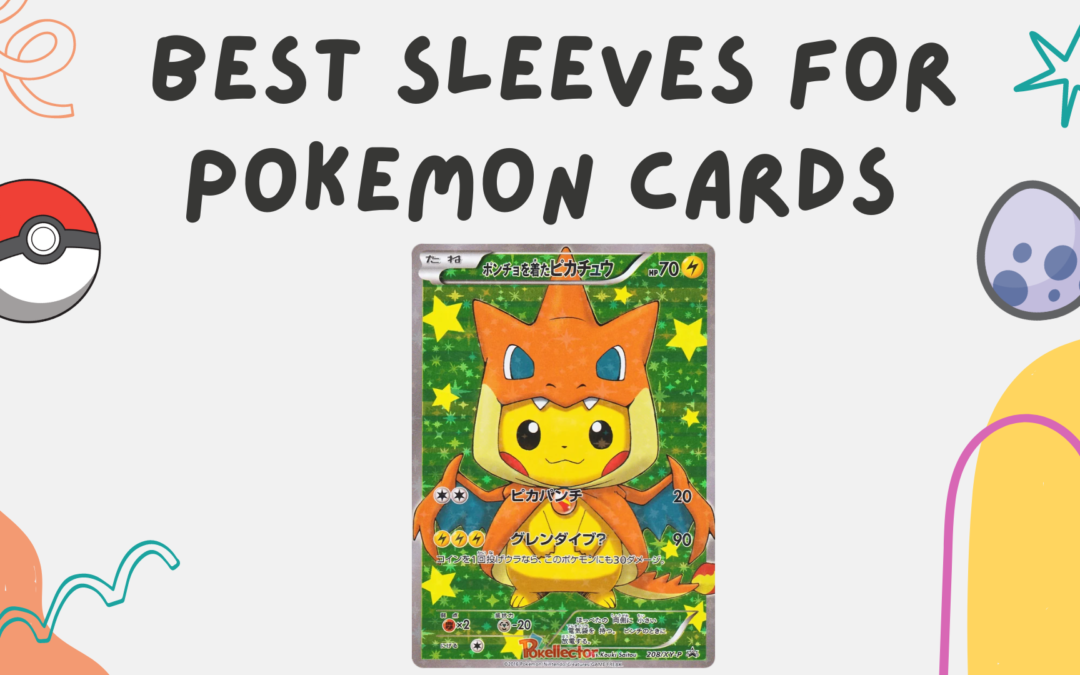
Are New Pokemon Cards Worth Anything?
Are New Pokemon Cards Worth Anything?
If you’ve ever watched a video of someone opening vintage Pokemon cards you probably see prices in the tens of thousands of dollars popping up all over the screen and it can make the value of more recent Pokemon cards look pretty measly. This raises the question however, are new Pokemon cards even worth anything?
What Do We Mean By New Pokemon Card?
Well, before we dive into the numbers, first, let’s get an understanding of what we mean by a new Pokemon card. A new Pokemon card, by our definition, is any card that came out in the modern era of Pokemon i.e. X & Y onwards. This includes Sun & Moon, Sword & Shield, Scarlet & Violet, and any promos and subsets that may have come out between these sets. This isn’t to suggest that cards from the Black & White era are “vintage” but they are much closer to vintage than they are new.
How Expensive Can New Pokemon Cards Get?
Now, with a definition in mind, let’s get a better idea of how expensive these new Pokemon cards can really get.
Just looking at sets from the Sword & Shield era alone there is a lot worth collecting. Cards like the Rainbow Rare Pikachu VMax from one of the first Sword & Shield sets Vivid Voltage really proved that modern Pokemon cards can still be a goldmine for newer collectors. This card can be found selling for around $350 in a PSA 10 and that’s only scratching the surface of valuable Pokemon cards from Sword & Shield. This card was unprecedented in Sword and Shield on its release, in fact, the first few sets of Sword & Shield like the base set, Darkness Ablaze, and Vivid Voltage actually contained some of the least valuable pulls in the era. It was with the introduction of alternate arts that these sets started to have consistently good pulls. For example the Tyranitar V alternate art from Battle Styles or the Blaziken VMax alternate art from Chilling Reign. However, with the introduction of Evolving Skies came one of the most expensive alternate arts in modern Pokemon history, the Umbreon VMax alternate art often referred to as the Moonbreon. Ungraded, this card already sells for around $600, and in a PSA 10, the card can be found selling for more than $1000. Then, following shortly behind it in the very same set is the Rayquaza VMax alternate art which is worth around $500 in a PSA 10. This set a new bar for alternate arts and practically ensured that every set after it would have a chase alternate art that was going to be worth a load of money. From the Lugia V Alternate Art all the way to the Golden Giratina VStar alternate art every set was guaranteed to have bangers.
Even before Sword and Shield, however, there were still plenty of cards that were worth a fortune. Take the Rainbow Rare Charizard GX from the Sun and Moon set Burning Shadows for example. This card is now one of the most expensive Charizards of all time despite the set only coming out in 2017. Ungraded alone this card can be found selling for around $300-$400 and in a PSA 10, this Charizard can be found selling for $3000. Then, even before that in the 2016 X & Y set Evolutions, many beloved vintage cards were reintroduced into the TCG, and with them came the Holographic Base Set Charizard which would end up selling for $1500 in a PSA 10.
All of this is without even bringing attention to Japanese-exclusive promos. As the name suggests, Japanese-exclusive promos are promotional cards that can only be acquired in Japan and this exclusivity affects the price way more than you would believe. There have been many over the years but some of the most expensive ones come from the X & Y era of promos which brought about the Poncho Pikachu Series, featuring several promos of Pikachu wearing different Pokemon-themed Ponchos such as Mega Charizard X, Mega Charizard Y, Gyarados, Magikarp Rayquaza and a bunch of others. Many of these can be found selling for more than $2500 in a PSA 10. This era also featured the Mario and Luigi Pikachu which are two of the most sought-after promos in modern Pokemon history just because of how exclusive they are (and the art is pretty awesome) selling for around the same as the poncho Pikachus.
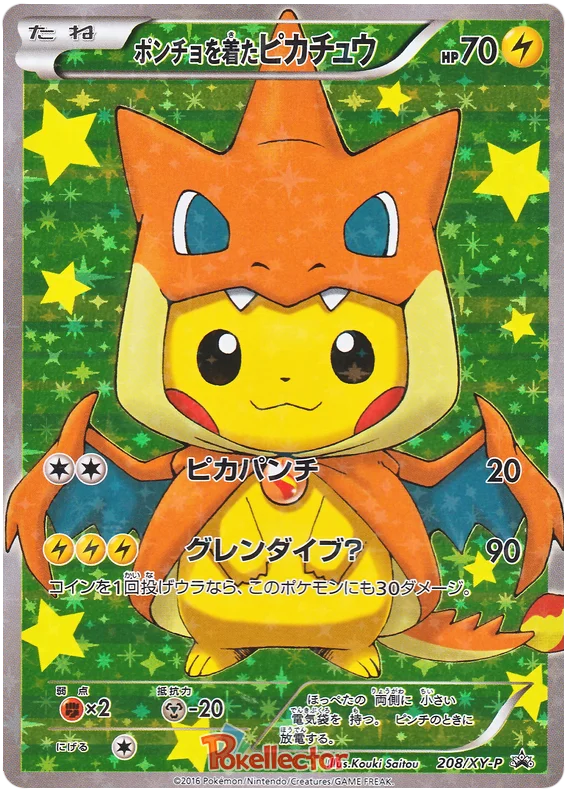
Charizard Poncho Pikachu (Japanese Exclusive)
Why Are Old Cards Worth So Much?
It’s quite easy, when looking at old Pokemon cards to then look at your own collection and question why it just pales in comparison. And the answer to that question is actually pretty simple. There is a direct correlation between card age and card value and this makes sense because typically the older the card is, the rarer the card is. This is especially true in the case of really old cards like Base set and Jungle that come from a time before collecting Pokemon cards and keeping them in mint condition was a relatively common hobby. Half of the people collecting the cards were likely children and an even larger portion were probably completely oblivious to the potential value of their cards in years to come. Therefore, these cards nowadays have a much lower population in good condition.
As well as this, every set of Pokemon stops printing at some point, which inherently increases their rarity as it means there is a truly finite number of packs from that set in the world and then an even smaller amount of good pulls from the set. So, with this in mind, you can probably understand why vintage cards are worth a lot more than newer cards that are currently being released.
Should You Collect New Pokemon Cards?
At the end of the day, every Pokemon pack is a gamble so it’s hard to pin down what is more cost-efficient if there even is a set that’s more cost-efficient than another. So, if you want to collect cards you should collect them. Don’t let the cost of the cards in the set sway you too much (unless of course, you can’t afford the cards then it probably should sway you).
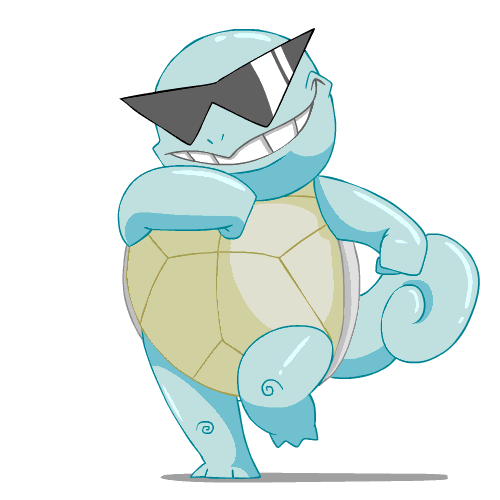
Need To Sell Your Pokemon Cards Fast?
We’ll Take Them Off Your Hands!
Sell Your Pokemon Cards Fast With WeBuyPokeCards
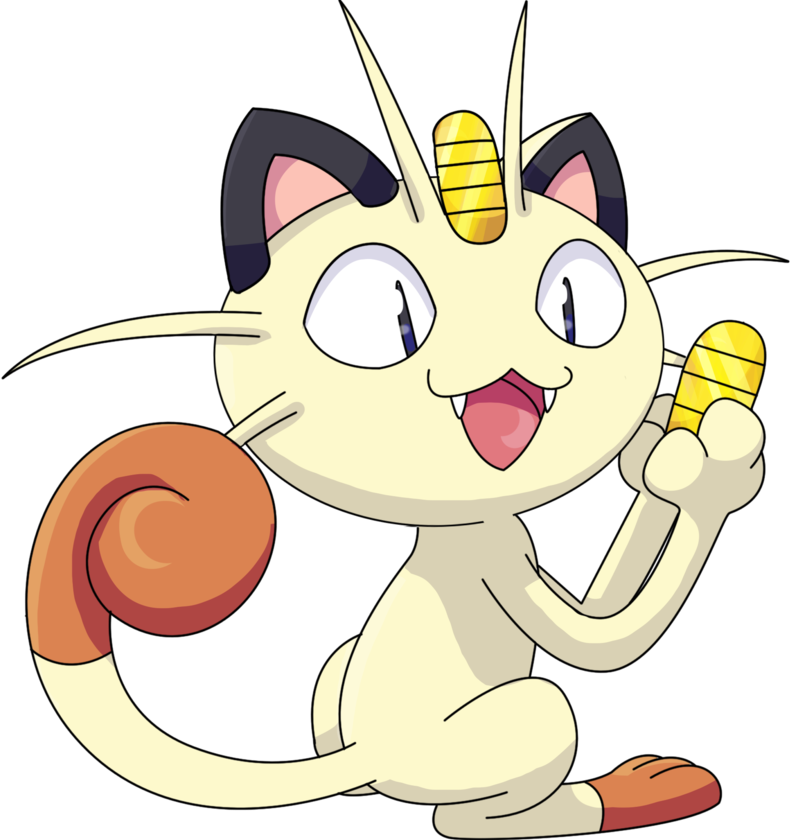
Related Posts
What To Read Next
Are New Pokemon Cards Worth Anything?
The 5 Best Sleeves for Pokemon Cards
To some, they may just be colourful cardboard, but for you, Pokemon cards are collectables. And when you’re collecting something, you want to ensure they’re safe and protected to preserve their condition. You can’t start that process with cards unless you use card sleeves.
The 10 Most Valuable Misprinted Pokemon Cards
Opening a Pokemon TCG pack is always an exciting moment. You never know if you’ll get your favorite or valuable chase card until you’ve opened the pack. And as you pull the cards out and eagerly go through each one, you notice that one or more of them has a defect. What now?

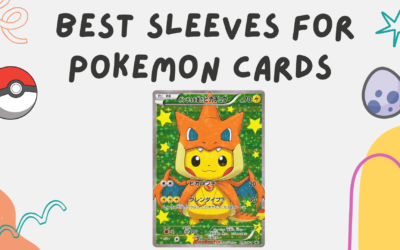
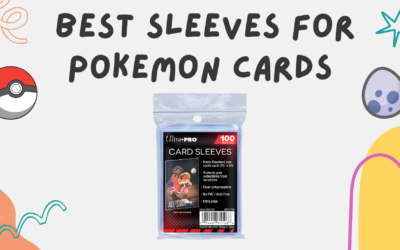
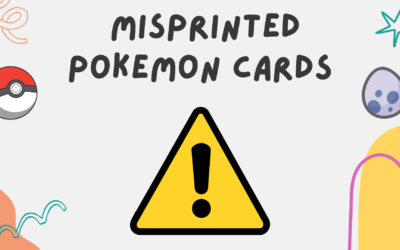
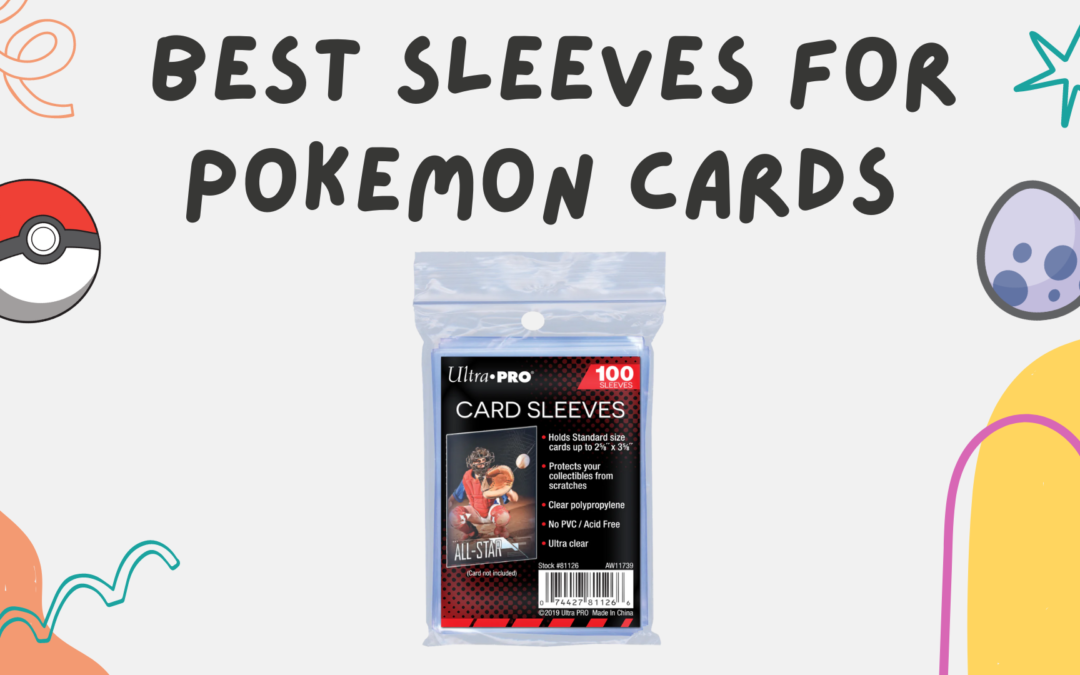
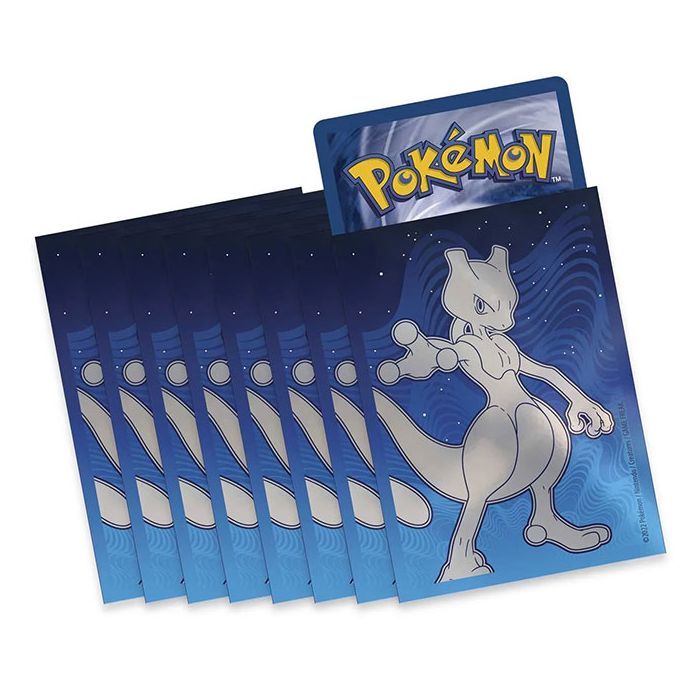
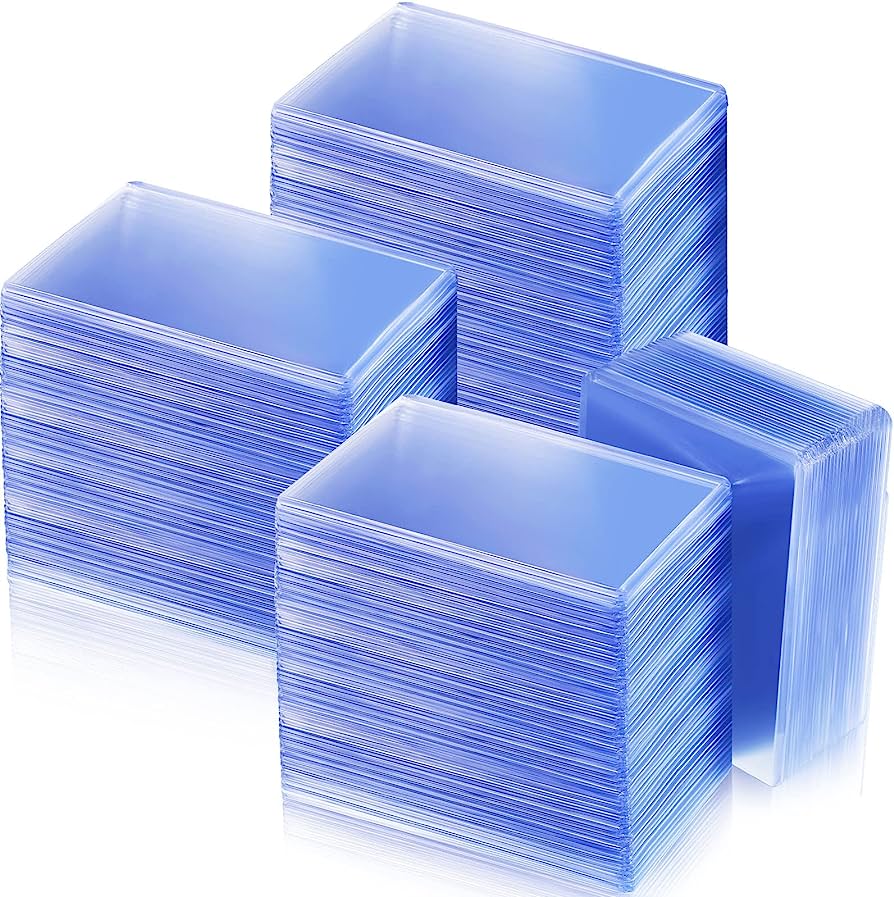
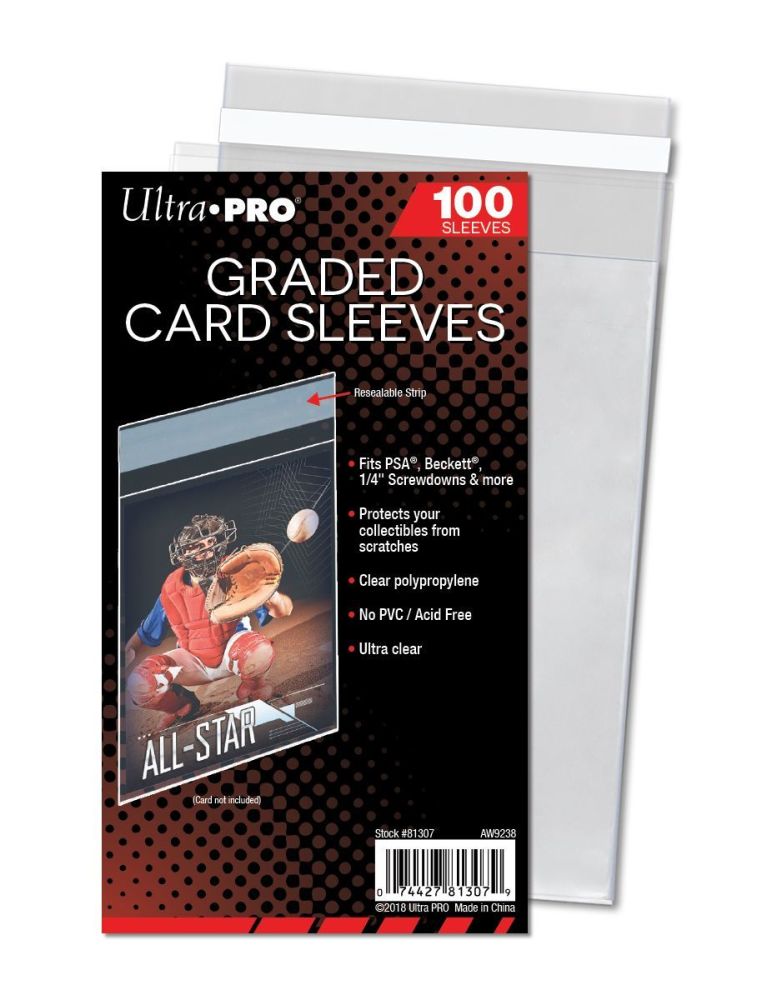
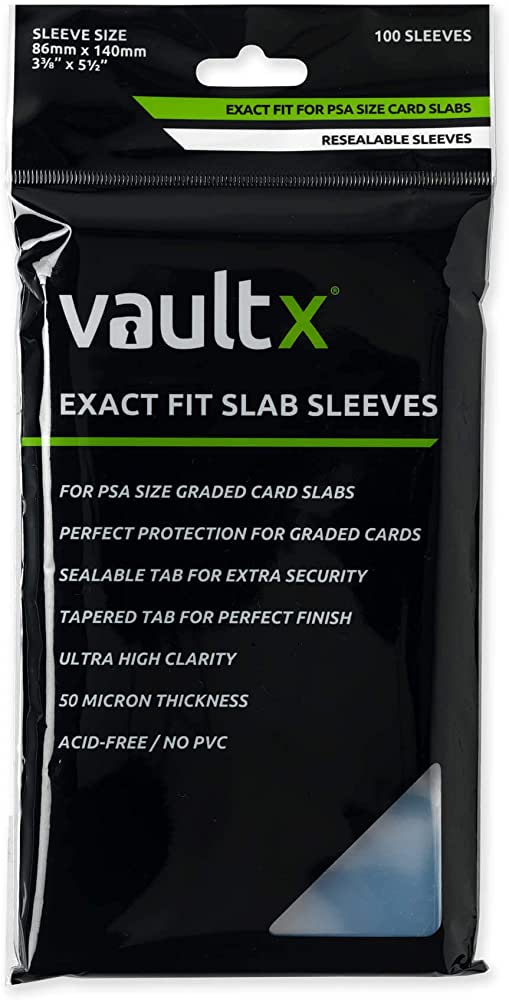
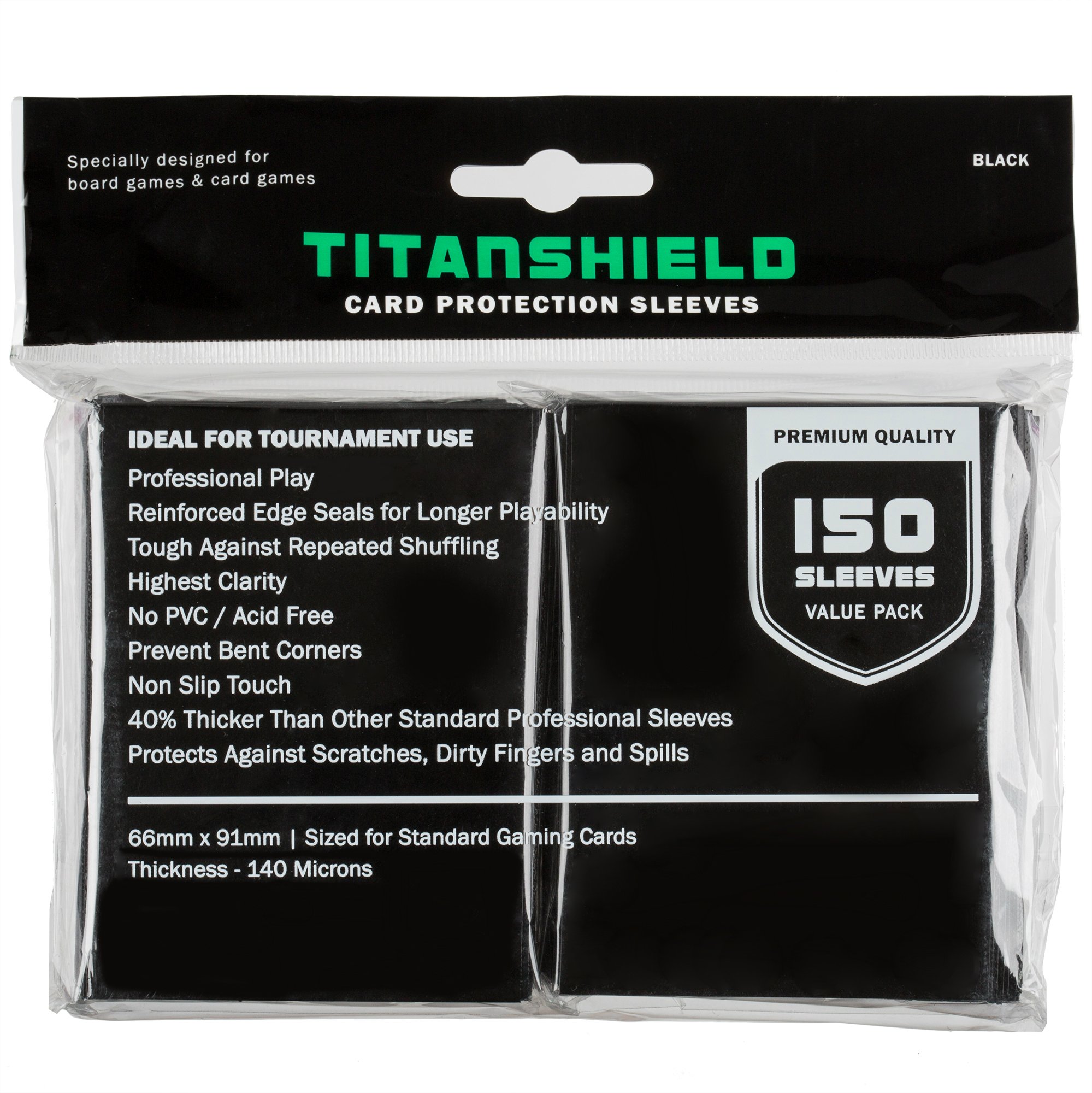
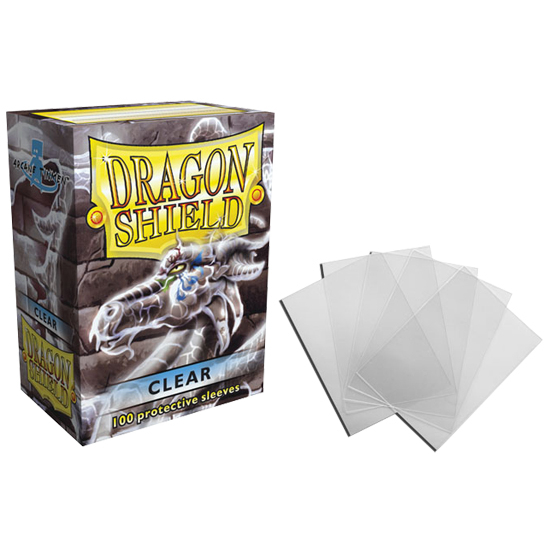
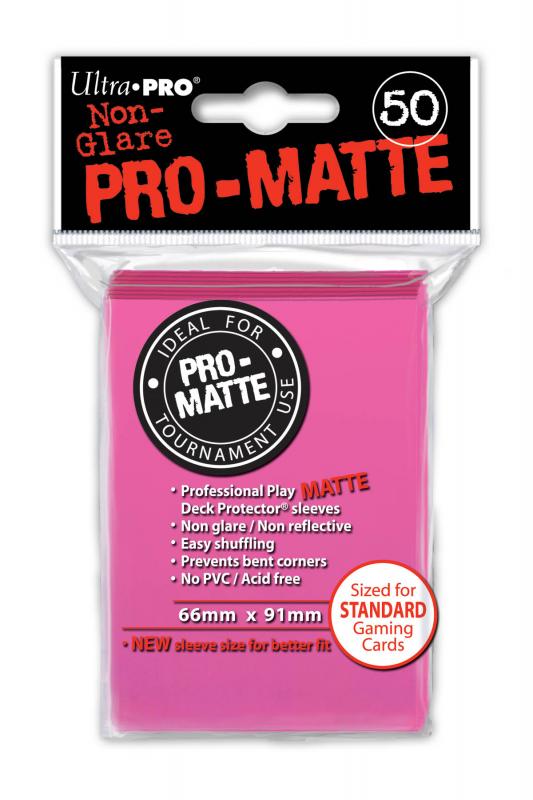
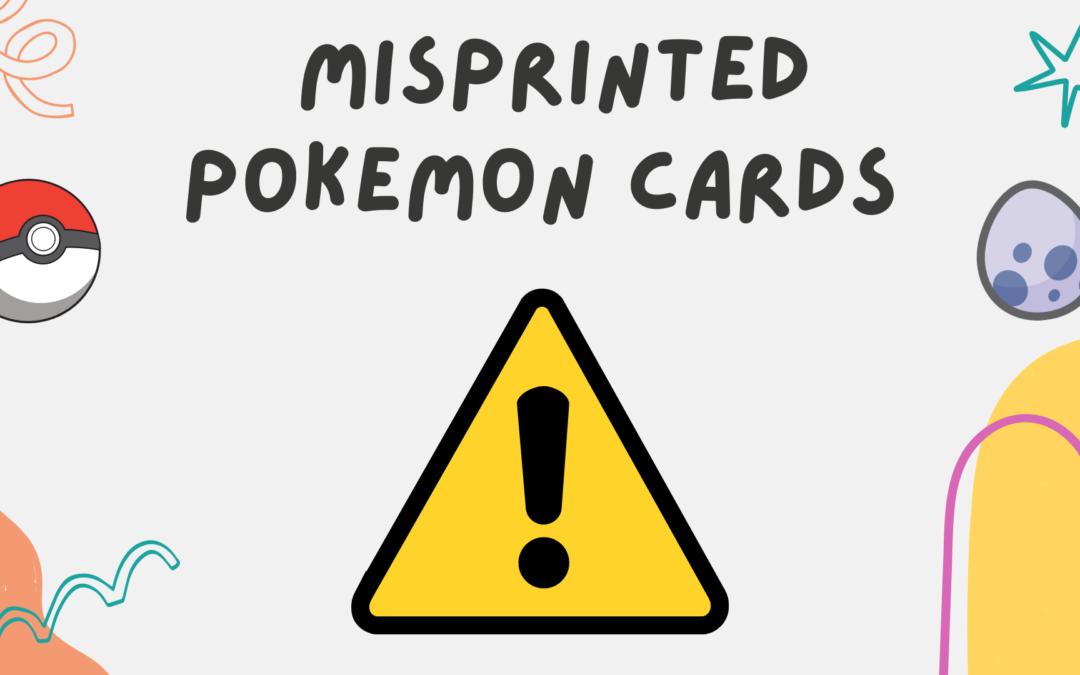
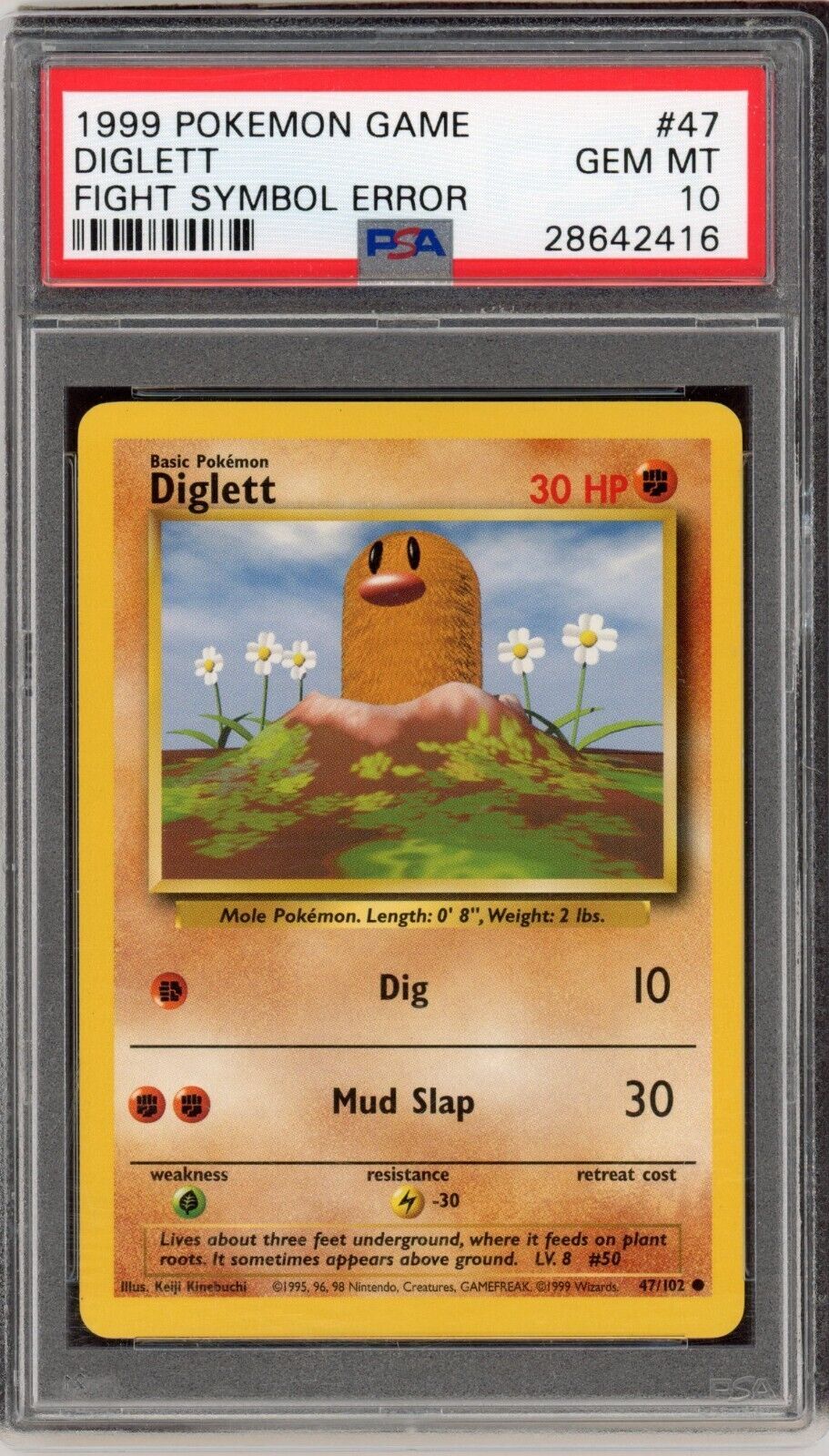
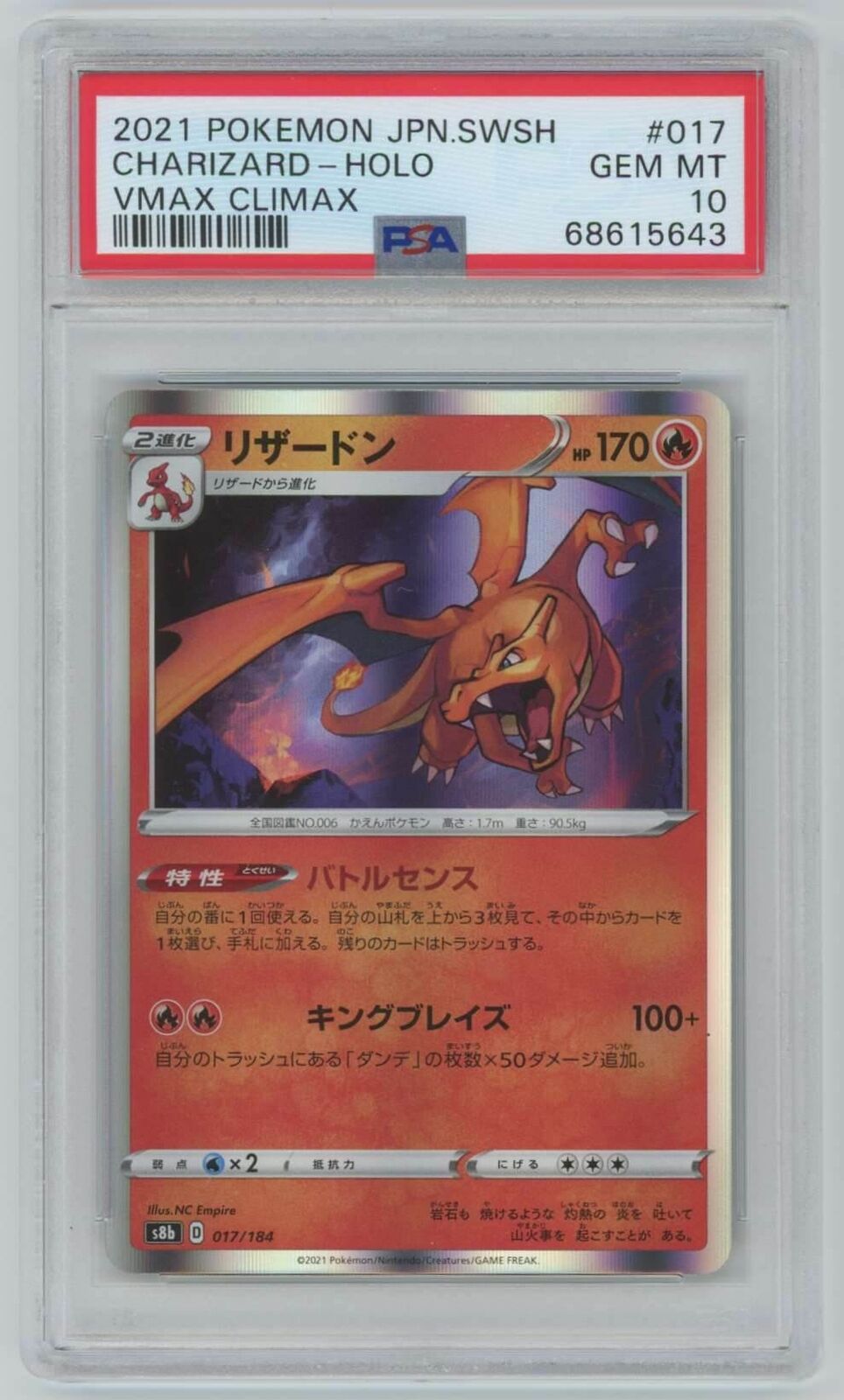


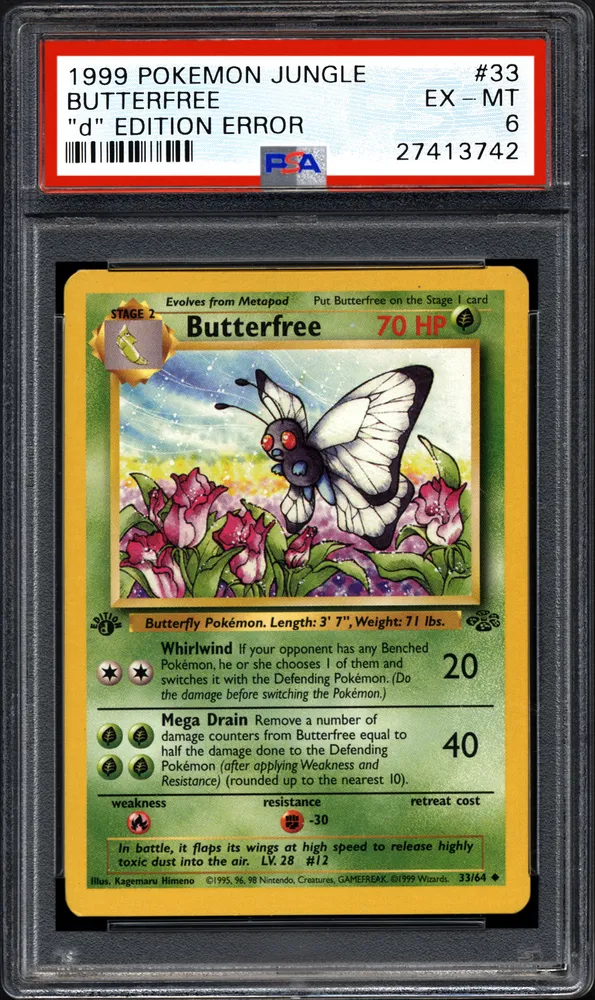
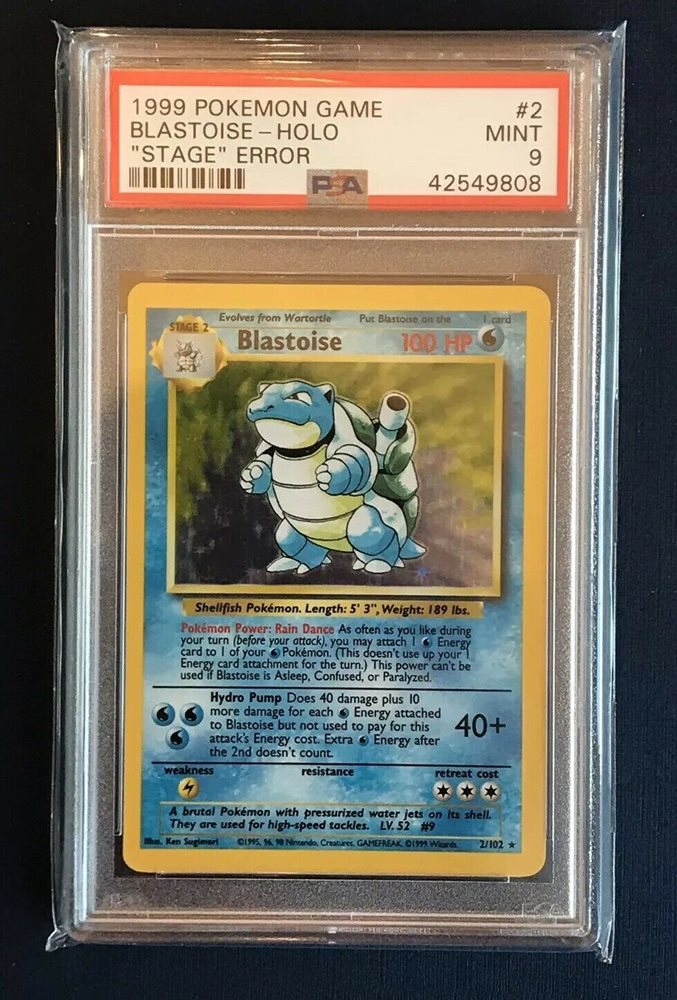
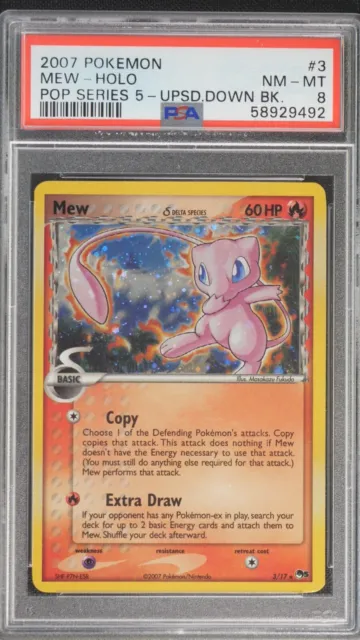
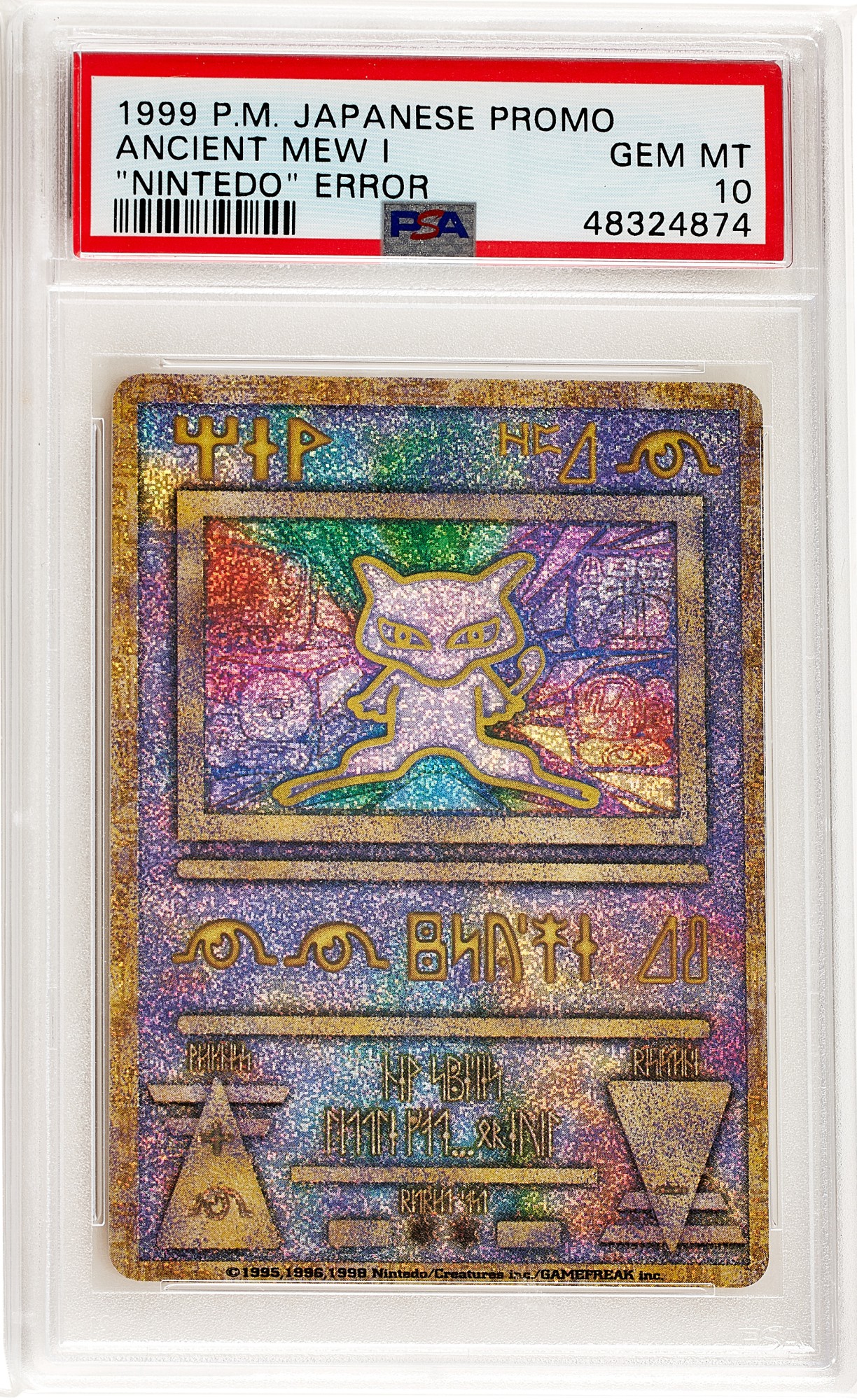
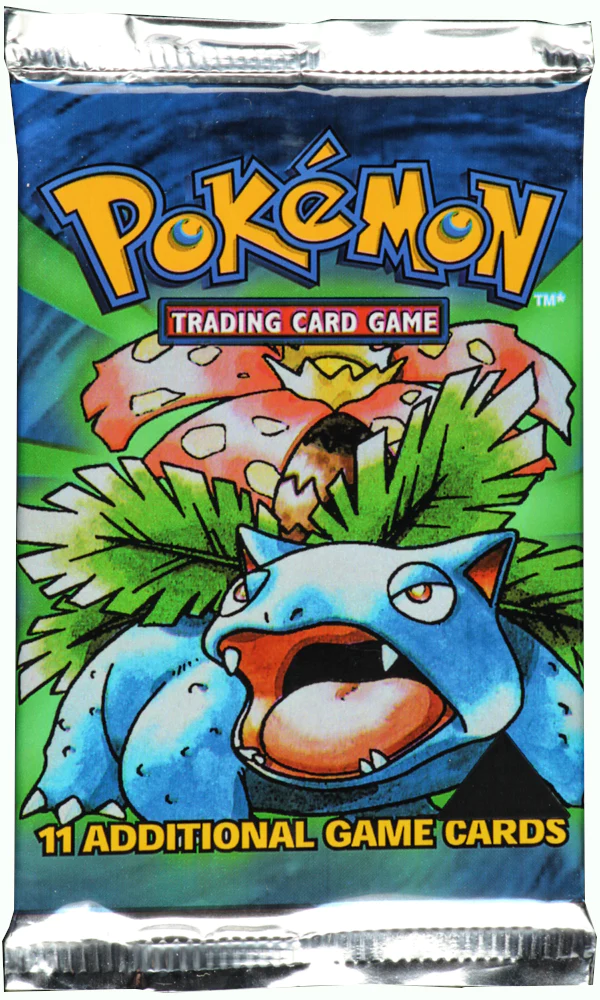
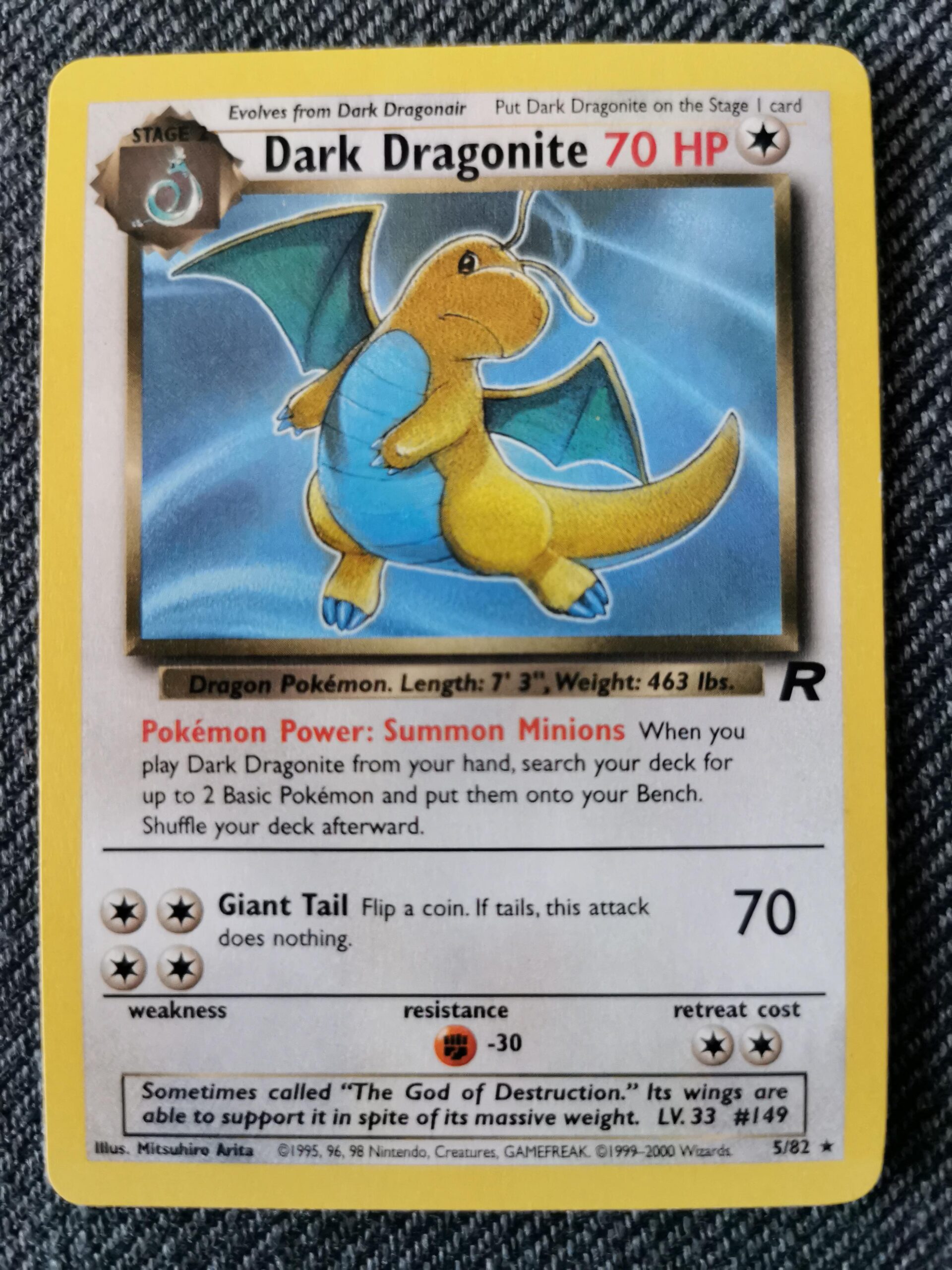
Recent Comments